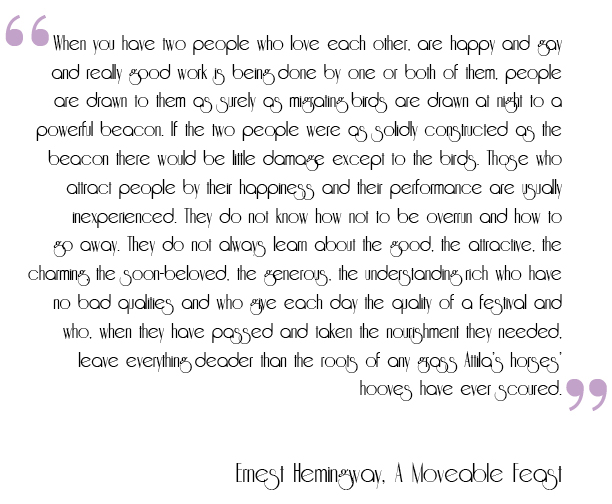Pantone has decided on the rich, rusty red color of Marsala to be this year’s Color of the Year. This color is named after a red wine and embodies that rich flavor and taste.
Pantone describes it as a “hearty, yet stylish tone [that’s] universally appealing and translates easily to fashion, beauty, industrial design, home furnishings and interiors.”
I think this color is very different from that of the previous years because it’s much less extreme and more subdued. I feel that this color is able to reach across a wider audience of design as opposed to just fashion. It’s subtle enough to work through all areas of design because it pairs so well with so many other colors.
It will work well for both men and women, creating warm feelings in home interiors, and adding a touch of luxuriousness to anything it’s used in.
I would love to incorporate this color into one of my designs, as I feel it is a color that enriches existing life.
“Marsala enriches our mind, body and soul, exuding confidence and stability. Marsala is a subtly seductive shade, one that draws us into its embracing warmth.” -Leatrice Eiseman, Executive Director, Pantone Color Institute











